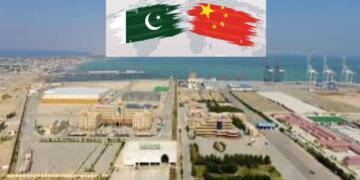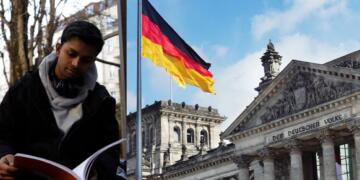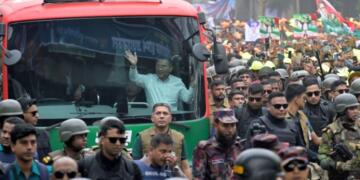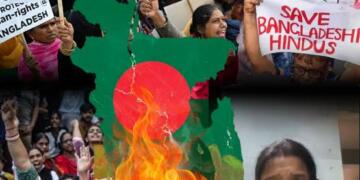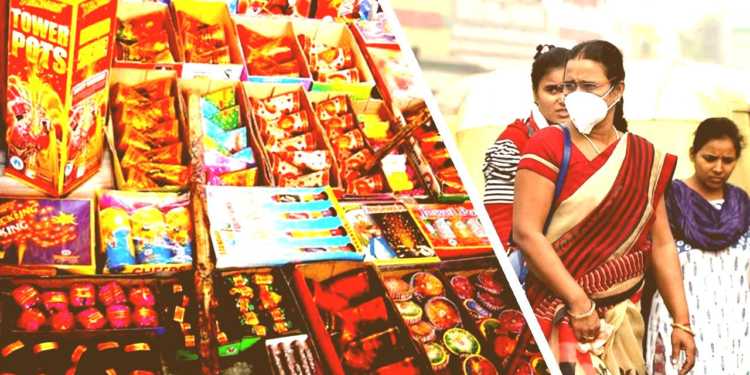In a major jolt to both the ‘intellectual’ brigade and some people with vested interests in the Judiciary, the Central Pollution Control Board gave a clean chit to the firecrackers that are an essential part of the festivals of Diwali and Dussehra, refusing to hold them responsible for the deterioration of the air quality that has now become the norm of the national capital, New Delhi.
Central Pollution Control Board submitted an affidavit in response to the query posed by the Supreme Court in concern to the effect of the firecracker ban in the NCR region. The Additional Director and head of Air Quality Management Division, Shri Prashant Gargava, cited the findings as deduced by the Maulana Azad Medical College. He denied that firecrackers had a major role to play in the deterioration of the air quality the air quality before and after Dussehra and Diwali, and the subsequent increase in the respiratory diseases in the NCR region.
To quote him, ‘…………..the respiratory system related symptoms and signs were not much different during pre and post-Dussehra and Diwali. Although there was some increase in a cough and breathlessness, but this did not translate into any significant illness requiring immediate medical attention. Other system related complaints were also not much during pre and post Dussehra and Diwali……………’
The affidavit went on to state that while the “air quality did worsen during Diwali and symptoms of… increased coughing, relatively more hospital visits, increased noise levels and high metal levels in urine do reflect adverse impact of firecracker bursting…”, it WAS NOT SIGNIFICANT STATISTICALLY, the CPCB said, adding “a long-term study would be required to assess long-term health impacts of firecracker bursting”.
Let it be known that on 12 September 2017, the Supreme Court had issued an outright ban on the sale of firecrackers in the NCR region, and subsequently suggested that a committee be formed to study the impact of bursting firecrackers during Diwali, and in this respect, the CPCB forwarded the study to the Maulana Azad Medical College.
According to the study, there was a “slight increase” in PM10 (particulate matter 10 micrometers or less in diameter) levels in Pitampura and Siri Fort on Dussehra day. PM 2.5 mass concentrations were found lower on the day after Dussehra at all monitoring stations and it was highest on Dussehra eve. “Though actual mass concentrations declined on Dussehra day, certain specific elemental concentration like aluminium, potassium and barium showed increment on Dussehra day, which indicate some firecracker bursting has affected air quality,” it stated.
So what does one deduce with this study? It is a simple fact, that the effect of bursting firecrackers on festivals like Dussehra and Diwali had minimal to negligible effect on the air quality in the NCR region. Yes, MINIMAL TO NEGLIGIBLE effect, not the equivalent of the ‘Living in a Gas Chamber’ as some of our enlightened members of the elite society were wailing about.
Also, it will be very honorable on the part of the honorable Supreme Court, if they give more attention to pressing matters such as the acceleration of the sentences meted out in the Nirbhaya case, a review into the case of the oppressed Kashmiri Pandits, 1984 Sikh Genocide, fast track hearing of the much delayed Ayodhya case, instead of indulging in trifles like these.
Everything that I quoted till now were facts as presented by specialists themselves. Time for some common sense:
When was Diwali celebrated? 19th of October, 2017.
When did signs of the disastrous smog were first visible in the capital? On 7 November 2017, i.e., almost 19 days after the festival.
So even common sense refutes the fact that the effects of the Diwali firecrackers will linger on for more than a week. Yet, some folks weren’t convinced.
This recent finding now also puts the so called ‘intellectual’ brigade in the docks, who had wasted no moment in mocking the ancient tradition of bursting crackers, and shamed the Hindus mercilessly. Always the first to play the ‘Hindu behind every sin’ game, these celebrities lectured the masses throughout on how to play a cracker less Diwali, how to refrain from ‘terrorizing’ innocent animals, and also made mountains of mole hills, faking illnesses and labeling the city as a ‘gas chamber’.
Some of the specimens were:-
1. Sagarika Ghose, as usual mocking the Hindus for their celebrations
2. Richa Chadha, playing a real life villain by befooling innocent social media users:-
3. Sonam Kapoor, unable to tolerate the dazzling firecrackers:-
4. Shehzad Poonawalla, resorting to mockery of Shri Ram’s return to Ayodhya:-
While it is useless to expect apology from these ‘famous’ celebrities, can we expect them not to cross their limits for insignificant reasons? If they can call for a boycott of the IFFI film festival at Goa, just because an actress was allegedly threatened by some roadside ruffians, surely they can issue a retraction of their previous statements, or maybe apologize for their hypocrisy.
Is it too much to ask?
Sources:-
http://topyaps.com/sonam-kapoor-trolled-hypocrite
http://www.radiocity.in/film/news-details/Richa-Chadha-slams-supporters-of-firecrackers/4928


